Metabolic engineering of anthocyanin and betalain pigments for health and aesthetics: Purple rice, blue chrysanthemums and violet tomatoes
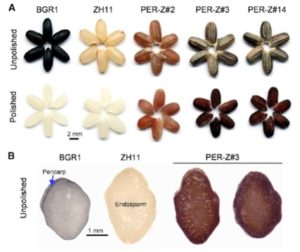 Pigment engineering was featured in three recent papers. Anthocyanins are blue pigments valued for their antioxidant health benefits and for their beauty, but their biosynthesis and chemistry is complex. Noda et al. introduced two genes to produce blue anthocyanins in chrysanthemum petals (Sci Advances 10.1126/sciadv,1602785). They found that the blue pigment formed as a copigment arising from the molecular interaction between 3′,5′-diglucosylated delphinidin and flavone glucosides. Zhu et al. describe efforts to engineer anthocyanin biosynthesis into rice endosperm. They achieved this goal by introducing eight genes (two regulatory and six structural) under the control of endosperm-specific promoters. In transgenic plants, the authors also observed enhanced expression of six endogenous anthocyanin biosynthetic genes that are normally silent in the endosperm. (Mol. Plant 10.1016/j.molp.2017.05.008). Polturak et al. describe engineering betalain (red betacyanins and yellow betaxanthins) production in several plants. Like anthocyanins, betalains have antioxidant properties. Unexpectedly, the authors found that enhanced betalain production in tobacco led to resistance to Botrytis cinerea (gray mold). (Proc. Natl. Acad. Sci. USA 10.1073/pnas.1707176114).
Pigment engineering was featured in three recent papers. Anthocyanins are blue pigments valued for their antioxidant health benefits and for their beauty, but their biosynthesis and chemistry is complex. Noda et al. introduced two genes to produce blue anthocyanins in chrysanthemum petals (Sci Advances 10.1126/sciadv,1602785). They found that the blue pigment formed as a copigment arising from the molecular interaction between 3′,5′-diglucosylated delphinidin and flavone glucosides. Zhu et al. describe efforts to engineer anthocyanin biosynthesis into rice endosperm. They achieved this goal by introducing eight genes (two regulatory and six structural) under the control of endosperm-specific promoters. In transgenic plants, the authors also observed enhanced expression of six endogenous anthocyanin biosynthetic genes that are normally silent in the endosperm. (Mol. Plant 10.1016/j.molp.2017.05.008). Polturak et al. describe engineering betalain (red betacyanins and yellow betaxanthins) production in several plants. Like anthocyanins, betalains have antioxidant properties. Unexpectedly, the authors found that enhanced betalain production in tobacco led to resistance to Botrytis cinerea (gray mold). (Proc. Natl. Acad. Sci. USA 10.1073/pnas.1707176114).


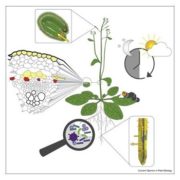
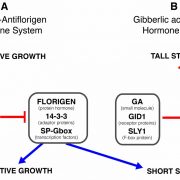
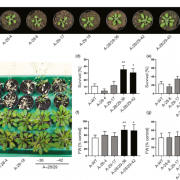

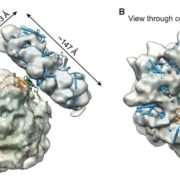
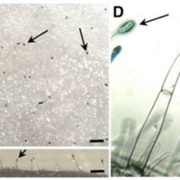


Leave a Reply
Want to join the discussion?Feel free to contribute!